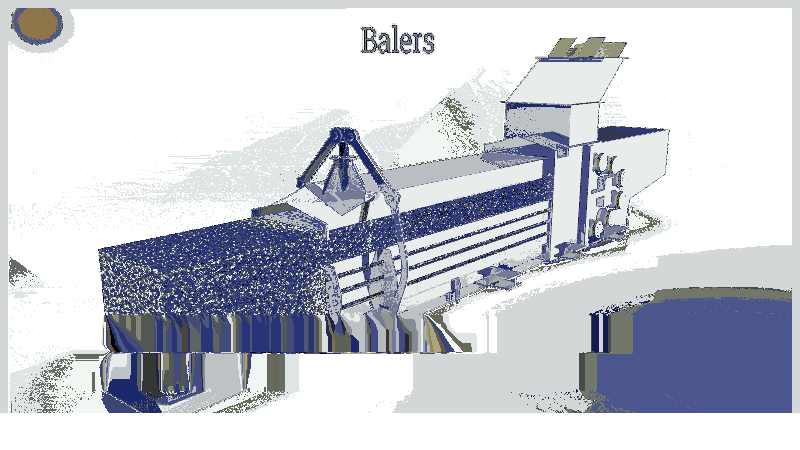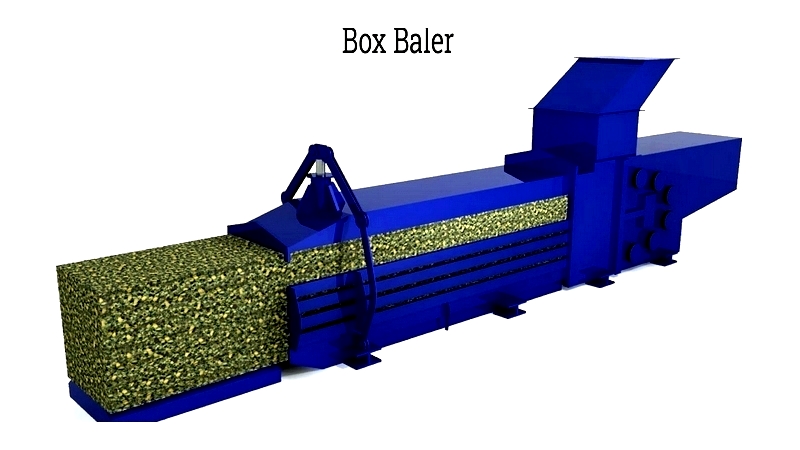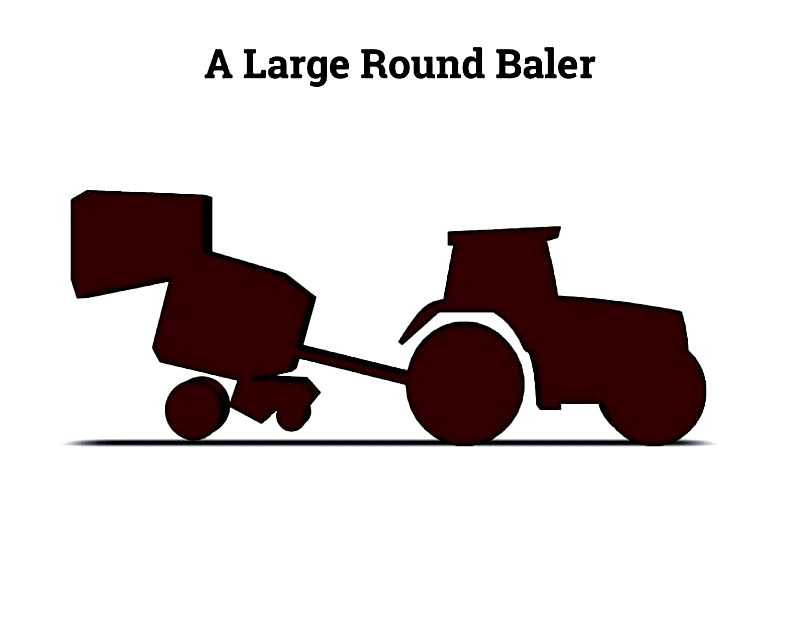Introduction
This article offers a comprehensive overview of baling machines.
You will discover:
- What is a Baler Machine?
- Different Types of Baler Machines
- Components and Accessories for Baler Machines
- Common Applications of Baler Machines
- And much more...

Chapter 1: Understanding Baler Machines
A baler machine is equipment that compresses various materials into rectangular bales using a ram mechanism, making them suitable for transportation, storage, recycling, or further processing. Designed to handle both uniform and mixed waste, these machines transform materials into manageable sizes, optimizing space usage and improving operational efficiency.

Baling agricultural products and waste helps preserve their value while enabling proper disposal or reuse as raw materials. Livestock feed like hay, grass, and straw requires high energy and protein content for proper nutrition. Since fodder is bulky and prone to decomposition, it needs drying and forming to prevent spoilage. Additionally, decomposition generates heat, which may cause spontaneous combustion if not properly controlled.

The baling process plays a crucial role in regulating moisture levels in animal feed. Insufficient moisture makes hay dry and less nutritious, while excessive moisture raises spoilage and combustion risks. To address this, fodder bales are often wrapped in plastic film or covers to maintain optimal moisture content.
In industrial settings, balers are essential for material management, particularly in recycling. They compress materials into dense, stackable bales, improving transportation efficiency and substantially lowering costs. Recycling these compacted bales simplifies material handling, increasing throughput, reducing operational expenses, and boosting profitability.
Chapter 2: What is the history of balers?
Balers have significantly influenced modern agriculture and the recycling industry. First introduced in the 1930s, they enabled farmers to handle hay and straw more efficiently by compressing loose material into compact, transportable packages. Before these machines became widespread, farmers manually harvested hay using rakes and forks, then assembled it into haystacks. Proper haystack size was critical—overly large stacks risked dangerous heating and combustion, while small stacks dried too quickly, losing nutritional value and spoiling.
The invention of automatic hay balers marked a major advancement in agricultural equipment. In 1947, Allis Chalmers revolutionized the industry with the Roto-Baler, the first commercially successful round baler. This innovation automated the process, producing uniform round hay bales that improved storage and transportation. Over time, baler designs expanded to include rectangular balers (or big balers) and small square balers, helping farmers of all scales compress hay, straw, forage, or silage into dense bales. This reduced labor costs and minimized post-harvest losses. Modern balers now feature hydraulic systems, automatic tying mechanisms, and bale kickers to enhance productivity and usability.

Beyond agriculture, bale compaction technology has greatly benefited waste management and recycling. Early scrap balers, resembling compactors, were patented in 1941 by MS Wells for compressing oil cans and metal scrap. By the 1970s, technological advancements enabled hydraulic pressure from water lines, leading to high-capacity balers capable of processing cardboard, paper, plastics, and municipal waste. This spurred the growth of recycling plants, material recovery facilities (MRFs), and scrap yards, where industrial balers now help reduce landfill waste, conserve resources, and support recycling. Today's industrial balers are robust and energy-efficient, available in vertical, horizontal, and automatic configurations for diverse applications like cardboard baling, textile recycling, and metal scrap handling.
As baler technology evolves, manufacturers focus on improving automation, operator safety, maintenance efficiency, and conveyor integration to streamline material handling. When purchasing a new or used baler, buyers should consider factors like bale size, material type, output capacity, energy efficiency, and after-sales support to choose the right equipment for farming, recycling, or waste management. Leading manufacturers provide expert guidance and tailored solutions to help businesses meet environmental standards, maximize material value, and reduce operational costs.




